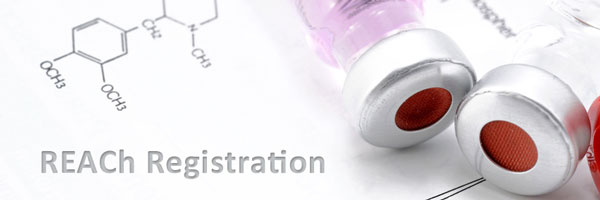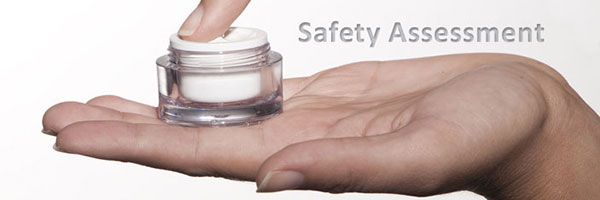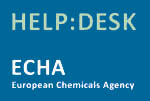Bio Materials
Risk assessment according to the biomaterial Regulation
Microorganisms, including bacteria, viruses and fungi accompany us every day. Generally, they are visible under a microscope only. They can be pathogenic germs and may lead to health disorders and infections up to deadly diseases.
The biomaterial Regulation enacts the measures for the protection of health and safety of employees. Pursuant to article 4 BioStoffV, the employer has to assess the risk for workers through their activities with biomaterials prior to commencement of operations. According to Directive 2000/54/EC, the activities as well as the biological agent are evaluated for the risk assessment.
Targeted activities with biological substances can take place in research institutions/laboratories, which specifically handle with microorganisms. Besides, operations where biological agents can be released in so-called non-targeted activities, although they were not intended to be freed, must be considered .
Corresponding activities occur for example in the following areas:
- Microbiological and biotechnological research institutes and other laboratories
- Vaccine production
- Agriculture and forestry / abattoir / composting
- Activities with potentially infectious samples or materials
- Handling potentially infectious patients/people in health care
- Nursing facilities
- Day care
Biomaterials or biological agents in the widest sense are:
- Microorganisms, cell cultures and endoparasites, including their genetically modified forms
- Agents associated with transmissible spongiform encephalopathy (TSE) that could threaten the people by infections, communicable diseases, toxin formation, sensitizing or other health-damaging effects.
For any activity with biological substances or agents where biological organisms may be released, a risk assessment in accordance with the Regulation BioStoffV is required.
Our consulting and support services
- Advice on elements of the Regulation for organic substances
- Concern analysis
- Risk assessment for activities with biomaterials
- Literature search for relevant biomaterials
- Inventory and assessment of the workplace and the activities
- Risk characterization of biomaterials























